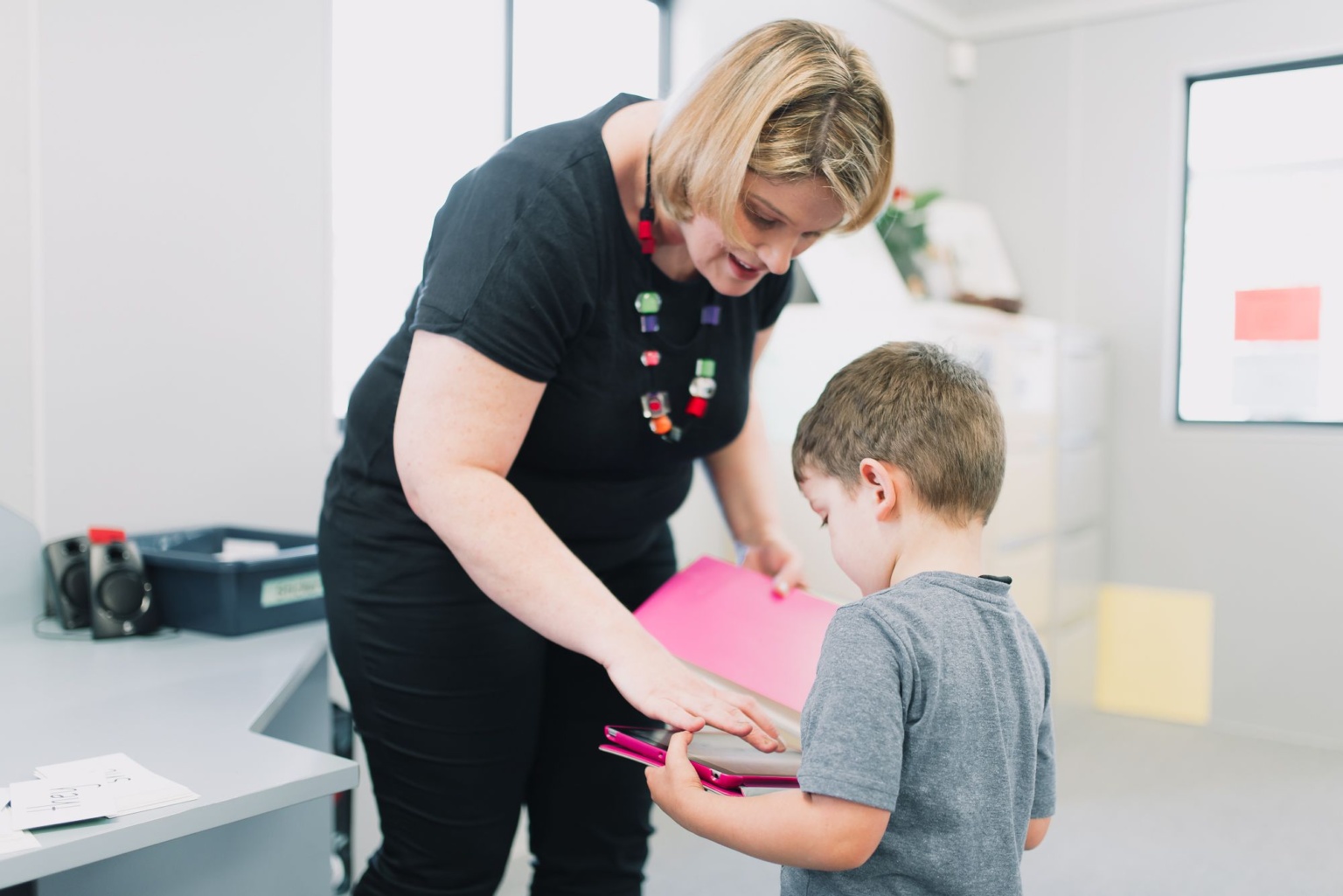A learning disability is a condition that makes learning or assimilation of knowledge challenging. Students with these disabilities do not take in and process information like the rest of their peers.
Here is a list of the more common learning disabilities:
- Dyscalculia makes it difficult to learn number-related concepts or use symbols and functions to perform maths calculations.
- Dysgraphia makes it difficult to put thoughts onto paper.
- Dyslexia makes it difficult for a child to read.
- Dysphasia makes it difficult to understand and generate speech.
Students with learning difficulties can also experience problems with executive functioning. This means they may struggle with planning, organisation and memory.
Teachers must know how to help students with learning disabilities. Doing this will put the children in a position to compete and hold their own in the classroom. It will also build their confidence, allowing them to become the best person they can be and aid them in succeeding in life.
What if one of your students has a learning disability? As a teacher, how can you help such a child? Read on to learn more.
Supporting Students with Learning Difficulties
As a teacher, you need to begin by understanding that a child with a learning disability has just as much potential to succeed in school – and life in general – as any of their peers. With adequate support and help from family and teachers, students with these disabilities can be confident and achieve in society; all they need is understanding and patience from those around them. With this, they can then blossom into the amazing human beings they are destined to be.
Here are five tips that teachers can apply when assisting students with learning disabilities:
#1. Pay specific attention to the child
To help a child with learning disabilities, the teacher must focus on the child. There must be specific attention to the child’s individual achievement, individual progress, and individual learning. This requires explicit, direct, and individualised instruction for students with a learning disability. It is also essential that the teacher give the student a way to share their progress with you or ask for help without standing out as different from their peers.
#2. Break learning into small steps
When teachers break the learning process into simple steps, a child with a learning disability will be able to follow along far more readily. One way to do this is to use a variety of learning resources, such as diagrams, graphics and pictures. The more stimulating the material provided, the better.
#3. Model your instructions
Modelling the assignment or project that your students are to undertake is an excellent way to help those with a learning disability. By watching and copying your actions, they will learn more efficiently. Colour coding the steps in a task can also help enormously. This is the process of making your thinking visible, also known as ‘metacognition’. Colour coding also allows students to work on a task at their own pace and minimises the risk of overwhelming them.
#4. Be supportive
One of the most critical aspects of teaching a child with a learning disability is simply being supportive and patient. Many of these children struggle and are very aware of their differences from their peers as they are very observant. They pick up on minute changes in an adult’s demeanour and will know if you are getting frustrated. Unfortunately, they might often internalise this frustration and become disheartened or disinterested, exacerbating the issue. Being patient and supportive is vital when teaching children with learning difficulties, and it cannot be underestimated or overlooked.
#5. Partner with your child’s parents
Even though the child spends a great deal of time at school, some of the child’s progress can be lost if a learning environment is not reinforced at home. Therefore, as a teacher, you should try to partner with parents to support your students’ progress and ensure they remain encouraged.
One good way of doing this is to supply regular, quality feedback to parents. For example, engage them in parent-teacher sessions and discuss the strategies you have applied to help the student learn better. On top of this, they can give your input on the processes that have worked best for their child.
Assisting Students with Learning Difficulties
There is no cure for a learning disability. It is a lifelong challenge. However, students with these challenges are typically hard-working, just like their peers. Their difficulties do not indicate a lack of intelligence but rather specific difficulties with the tasks of reading, writing, spelling or mathematics. Utilising a range of technologies can also enhance student learning and independence. Many tools can be very easily incorporated into the classroom through the use of tablets, laptops and headphones.
As a teacher, you can take training courses and coaching sessions that will equip you to support all your students and help them to be the best that they can be. You can start by getting professional support or training from Language and Learning.
Language and Learning provides online professional development courses with a focus on language, learning and literacy for teachers, school leaders and speech therapists working with special needs students across all schooling levels in Australia. We provide training courses and coaching designed to equip teachers and school leaders to support their special needs students to be the best they can be.
Ready to get started? Contact us today.




